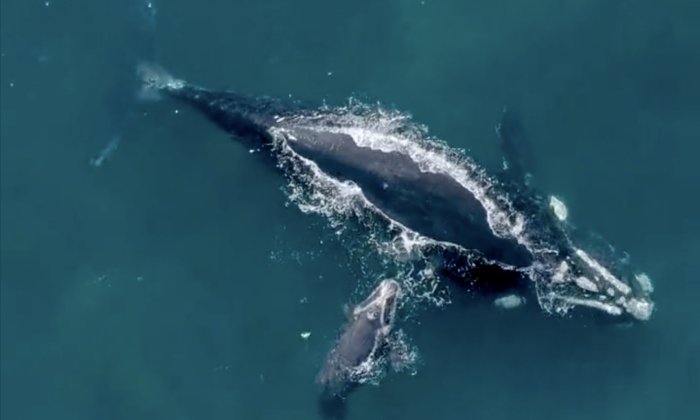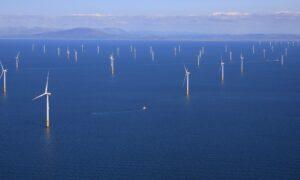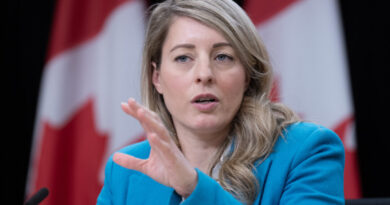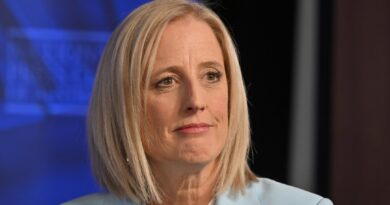New Wind Zone Shifted Away from NSW Coastline to Safeguard Marine Life
The Australian government has reduced the size of the wind zone by one third to move the project further away from the Illawara Coastline.
A southeast offshore wind zone near Sydney has been relocated to protect the little penguin, southern right whale, and the Shelf rocky reefs.
The Australian government is constructing their fourth officially declared wind zone in the Pacific Ocean 20 kilometres (12 miles) off the Illawarra coast in New South Wales (NSW).
Originally, the wind zone started 10 kilometres (6 miles) from the coast, potentially impacting the biologically important area of the little penguin and the migration and breeding areas of the southern right whale.
After consulting with various stakeholders, including local leaders, unions, Indigenous Australians, industry, community groups, and individuals, the zone was pushed further back from the shoreline.
She noted that this decision reflects the majority community opinion while also achieving reduced emissions and increased renewable energy and job opportunities.
ACF climate program manager Gavan McFadzean stated that well-sited and managed renewable energy benefits nature.

New Size and Power of Project
The final zone was reduced to two-thirds of its original size, spanning 1,022 square kilometres (395 square miles) and capable of generating up to 2.9 GW of power for the Illawarra community—enough for 1.8 million households.
Turbines reach maximum power output in wind speeds above 15 meters per second and shut down in very high wind speeds like gale winds of 25 meters per second.
Therefore, the zone may generate approximately 1.2 GW of power in a year.
Minister for Climate Change and Energy Chris Bowen highlighted Illawarra as a key economic hub in Australia.
The government aims to enhance energy security, promote regional job growth, and support industries—including the largest steelworks in Australia—in the region.
The project is expected to create 1,740 new jobs during construction and 870 ongoing jobs upon completion, benefiting various professions such as engineers, seafarers, project managers, technicians, and more.

Next Step
Ms. Byrnes emphasized that the declaration of the zone is just the beginning.
She mentioned, “There is now an extensive process of studies and approvals that will be required but this is a positive step for a region that wants to secure its industrial future and power it using clean energy.”
Ms. Byrnes expects all parties involved to adhere to the highest environmental standards and include local content in their projects.
This involves utilizing locally produced steel, employing a regional workforce, and establishing a robust benefit-sharing scheme to ensure the community reaps meaningful benefits from hosting an offshore wind farm.
The licences will be awarded to projects that prioritize environmental protection, share marine space with shipping and tourist industries, and demonstrate support for Australian workforces and energy security.
Construction can commence once the feasibility stage is completed, and the environmental and management plans of developers receive approval. Additionally, the projects must showcase benefits for Australian industry and jobs.




